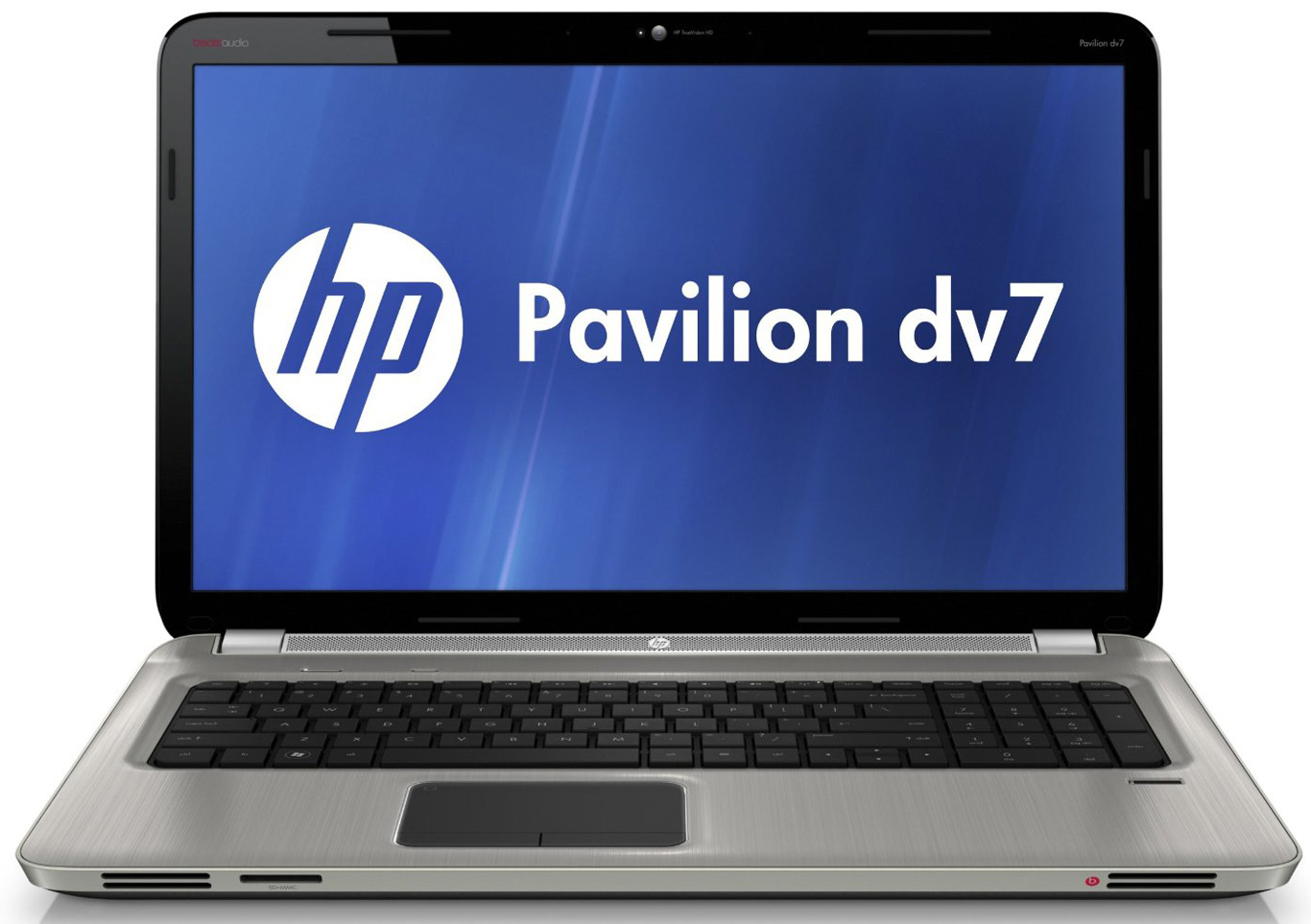
To install the HPCMSL open a PowerShell prompt as administrator and run the command: The HPCMSL is a PowerShell toolbox that IT administrators can leverage to make common tasks easier. The easiest way to obtain these softpaqs is to leverage the HP Client Management Script Library (HPCMSL). Once the combined Driver/HSA packs appear, the driver pack web page here will describe which Softpaqs have combined drivers and HSA/UWPs. A blog with additional information on the combined driver pack is available here. This means that next instructions might be replaced, with a single Softpaq download, expanding it, and pulling a single folder containing all HSA/UWP apps. NOTE: Starting December 2022, HP will begin delivering Driver and UWP/HSA combined driver pack Softpaqs. While the steps are specific to this hardware, the concepts are reusable across all platforms that have a UWP application pack available. Lastly, the hardware platform targeted in this guide is the HP EliteBook 840 G7. The method detailed in this guide will leverage nested task sequences, driver packages in legacy software packages, and the win32_baseboard product value for targeting. This guide will detail the process of setting up a Microsoft Endpoint Configuration Manager (MECM) task sequence to take advantage of these two deliverables. These drivers and/or software package may not be included as a space saving measure or because they cannot be installed via inf files. The UWP application pack may also contain the complementary UWP applications for drivers and/or hardware enabling software that is not included in the driver package. These two items should be deployed together.


This pack is designed, and tested, to work with a specific driver package.

The UWP application pack contains all the hardware enabling applications needed to deploy a system. HP is introducing UWP application pack that is designed to complement the HP platform driver pack to make OS deployment easier for IT administrators. However, in environments where the Windows Store is blocked or IT needs to deploy these applications as part of a bare metal OS deployment task, a different installation method is required.

These applications are typically installed from the Windows Store into a specific user profile. With the move to the DCHU driver model many of the typical tray applications have migrated to a Universal Windows Platform (UWP) application.


 0 kommentar(er)
0 kommentar(er)
